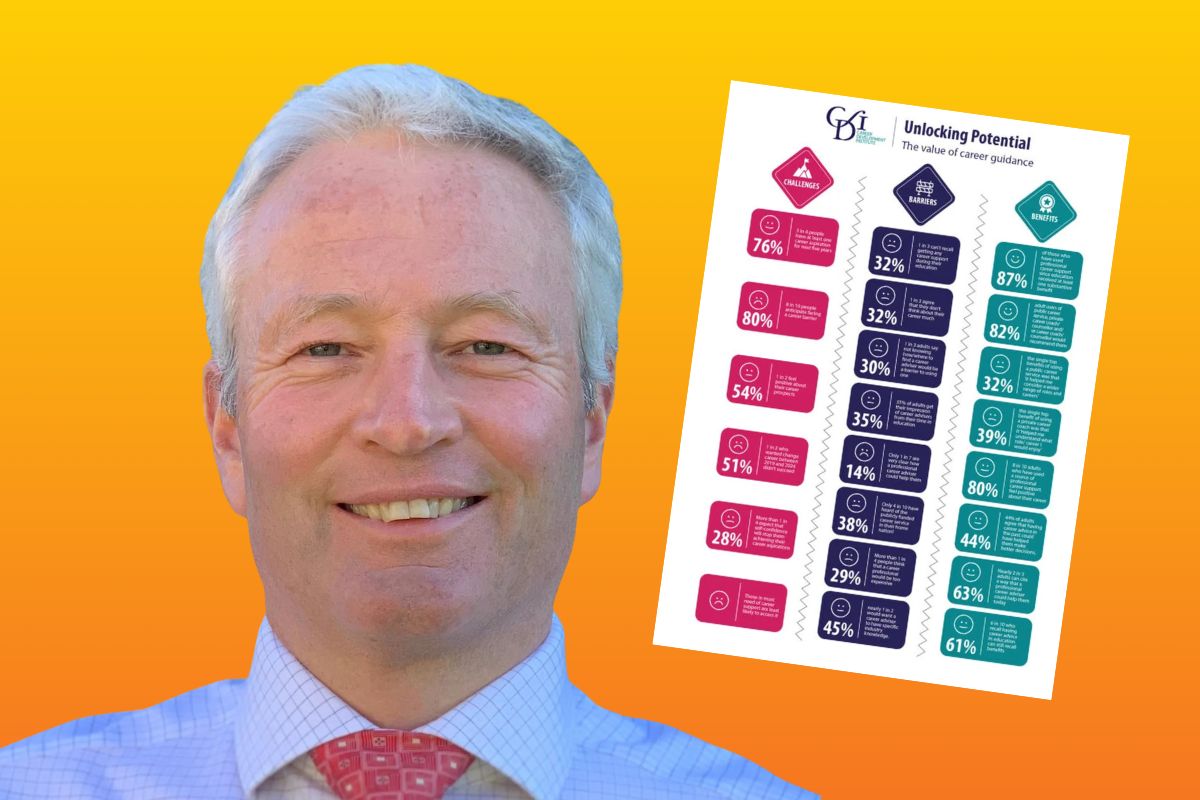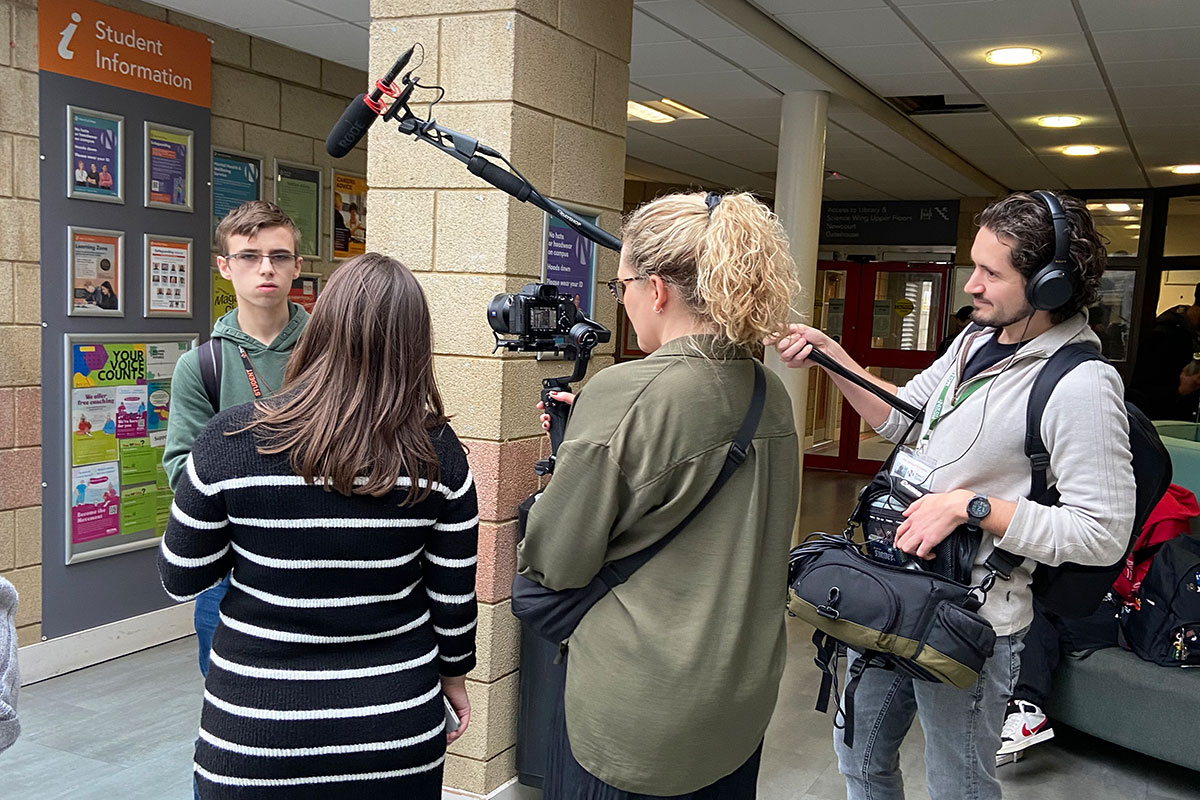Government must match its mantra about ‘levelling up’ with sufficient investment in schools, colleges, children and young people

Education spending changes put a major brake on levelling up
The cuts to education spending over the last decade are effectively without precedent in post-war UK history, including a 9% real-terms fall in school spending per pupil and a 14% fall in spending per student in colleges.
Whilst we have been choosing to spend an ever-expanding share of national income on health, we have remarkably reduced the fraction of national income we devote to public spending on education.
The present government has ambitious goals to level up poorer areas of the country, emphasising a big role for technical education.
However, changes to the distribution of education spending have been working in the opposite direction. Recent school funding changes have tended to work against schools serving disadvantaged areas. Cuts to spending have been larger for colleges and adult education, and still won’t be reversed by 2024.
These are the main conclusions of the new ‘2021 Annual Report on Education Spending in England’ by researchers at the Institute for Fiscal Studies, published today (30 Nov), and funded by the Nuffield Foundation as part of a wider programme of work looking at trends and challenges in education spending. All figures are in 2021–22 prices and represent new IFS estimates of spending per pupil across different stages of education in England.
Changes will make it harder to level up poorer areas of the country
- Deprived schools have seen larger cuts over the last decade:
The most deprived fifth of secondary schools saw a 14% real-terms fall in spending per pupil between 2009 and 2019, compared with a 9% drop for the least deprived schools. The National Funding Formula has continued this pattern by providing bigger real-terms increases for the least deprived schools (8–9%) than for the most deprived ones (5%) between 2017 and 2022. The Pupil Premium has also failed to keep pace with inflation since 2015. These patterns run counter to the government’s goal of levelling up poorer areas. - Additional funding for 16–18 education will only partially reverse past cuts:
Funding per student aged 16–18 in further education and sixth-form colleges fell by 14% in real terms between 2010 and 2019, while funding per student in school sixth forms fell by 28%. Recent increases in funding have also been eroded by fast growth in student numbers, which are set for further growth of 10% between 2021 and 2024. Even with additional funding from the recent Spending Review, college spending per pupil in 2024 will still be around 10% below 2010 levels, while school sixth-form spending per pupil will be 23% below 2010 levels. - Partial reversal of cuts to adult education:
As a result of additional funding in the Spending Review, funding for adult education and apprenticeships will rise by 30% in real terms between 2019 and 2024. However, combined spending on adult education and apprenticeships will still be 15% below 2009 levels. Spending on adult education on its own fell by 49% between 2009 and 2019, and will still be one-third below 2009 levels even with the additional funding.
Cuts to education spending in England over the past decade are “effectively without precedent in post-war history” – Sector Response

Geoff Barton, General Secretary of the Association of School and College Leaders, said:
“This analysis provides a grim indictment of the government’s record on education spending over the course of the past decade. It is a pretty dreadful legacy to have presided over cuts to education which are without precedent in post-war UK history. And it is clear that the government’s efforts to ‘level up’ require more action and less rhetoric, with deprived schools seeing larger cuts over this period than the least deprived schools.
“Extra investment in education since 2020 and that announced in the recent spending review is welcome and represents a significant step in the right direction, but it will not be enough to repair this damage, with special educational needs and post-16 provision in particular under huge financial pressure.
“The government must match its mantra about ‘levelling up’ with long-term, strategic and sustainable investment in schools, colleges, children and young people.”

Paul Whiteman, general secretary of school leaders’ union NAHT, said:
“This report paints a bleak picture of the government’s priorities when it comes to investing in education or supporting our most vulnerable children.
“Over the last few years, we have seen a new funding formula that directs money away from the most disadvantaged, a pupil premium policy change that has led to the some of the poorest families not receiving funding they should have been entitled to, and a failure to deliver on long overdue SEND reforms.
“The best the government could offer at the last spending review was to restore per pupil spending back to 2010 levels. Not much to boast about, as it represents a failure to invest in children’s futures for over a decade.
“Despite all their rhetoric about ‘levelling up’, the government still fails to fully recognise that education is an investment in not only our children’s life chances, but in the nation’s future.”

Luke Sibieta, IFS Research Fellow and an author of the report, said:
‘The cuts to education spending over the past decade are effectively without precedent in post-war history. Extra funding in the Spending Review will reverse cuts to school spending per pupil, but will mean 15 years without any overall growth, and college spending per student will still be lower than in 2024.
“Recent funding changes have also worked against schools serving disadvantaged communities. This will make it that much harder to achieve ambitious goals to level up poorer areas of the country and narrow educational inequalities, which were gaping even before the pandemic. Fast growth in student numbers in colleges and universities will add to the challenges facing the education sector.’

Josh Hillman, Director of Education at the Nuffield Foundation, said:
‘The IFS report provides an invaluable analysis of trends in education spending over the last decade. Of particular concern is the erosion of spending focused on disadvantaged pupils, partly as a result of the Pupil Premium not keeping pace with inflation for the last six years and partly due to its impact being undermined through policies that target funding on areas of the country with fewer disadvantaged children.
“Similarly, recent increases in funding for further education do not compensate for the real-terms decline in spending in recent years, let alone take account of increased student numbers and the government’s strategic ambitions for the sector, such as improving the take-up and quality of technical and vocational education and qualifications.’
Substantial cuts to education spending over the last decade
- Large cut to overall public spending on education:
Between 2010 and 2019, total public spending on education across the UK fell by £10 billion, or 8%, in real terms. This led to a fall in the share of national income devoted to education spending (down from 5% of national income in 2007 to 4.4% in 2019). If education spending had remained at 5% of national income, it would have been £16 billion higher in 2019. There was a 3% real-terms increase in education spending in 2020, but this mostly reflects the temporary extra levels of support during the pandemic. - Stark contrast with rises in health spending:
The fall in education spending over the last decade stands in stark contrast to the continual growth in health spending over time. In the early 1990s, health and education spending both represented about 4.5% of national income. Education spending remains close to this level, whilst health spending increased to over 7% of national income just before the pandemic. This partly reflects the costs of an ageing society, but also policy and spending choices by successive governments that have tended to favour health spending. - Lost decade-and-a-half in growth in school spending per pupil:
Following on from a big boost in the 2000s, total school spending per pupil fell by 9% in real terms between 2009 and 2019. Last month’s Spending Review included an extra £4.4 billion for the schools budget in 2024 as compared with previous plans. When combined with existing plans, we project that spending per pupil in 2024 will be at about the same level as in 2010. Whilst this reverses past cuts, it will also mean 15 years with no overall growth in spending. This squeeze on school resources is effectively without precedent in post-war UK history.
Other key findings include:
- Early years funding treading water:
Before the pandemic, spending per hour on the early years entitlement tended to follow a ratchet pattern: meaningful boosts in 2012 and 2017 were followed by years of cash-terms freezes, eroding spending power in real terms. An extra £160 million next year from the 2021 Spending Review will see core funding rates for 3- and 4-year-olds rise by 17p in cash terms. Given high levels of inflation, a rising minimum wage and new taxes like the health and social care levy, this relatively small increase will almost certainly not be enough to compensate for rising costs. Having been frozen in cash terms since its introduction, the Early Years Pupil Premium for disadvantaged children will finally be increased next year. But, as always, the devil will be in the details: if the cash-terms level of the EYPP is then frozen at £342 a year, the uplift might only be worth £20 by the end of the Spending Review horizon in 2024-25. - Pressures on higher education spending:
Following the increase in tuition fees to £9,000 in 2012, fees have mostly been held constant in cash terms, eroding their real value over time. As a result, up-front higher education spending per undergraduate student in 2020 was about 9% lower in real terms than in 2012. As with further education, a major challenge for the higher education sector is the expected growth in student numbers, which are expected to rise by 13% between 2019 and 2025. - Uncertainty about future reforms to higher education:
There was no mention of higher education funding in the Spending Review, though a number of potential changes have been rumoured, such as reductions in fees to £8,500 and in the threshold at which graduates begin to repay their loans to £22,000. A lower tuition fee cap at £8,500 would only benefit the highest earners, but would offer opportunities to rebalance teaching grants towards higher-cost subjects. A lower repayment threshold of £22,000 would essentially be a tax rise for the nearly 80% of graduates expected not to clear their loans, raising around £2 billion a year. Graduates with middling earnings would need to pay around £500 more towards their loans per year.











Responses